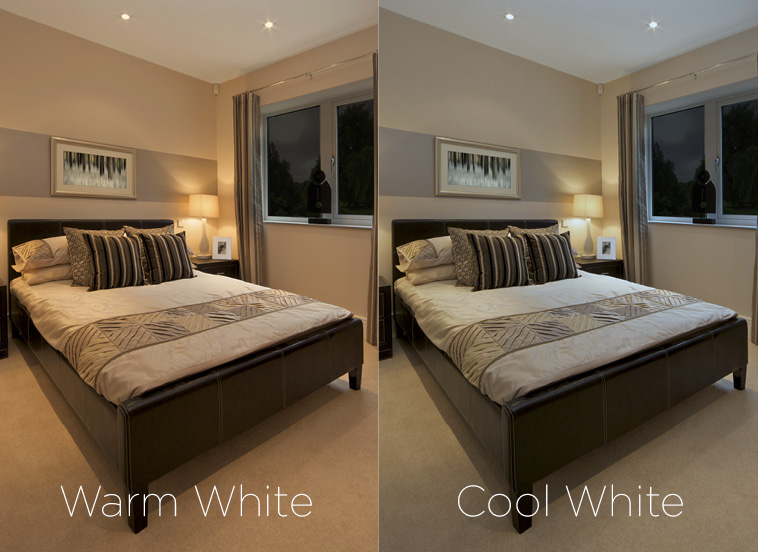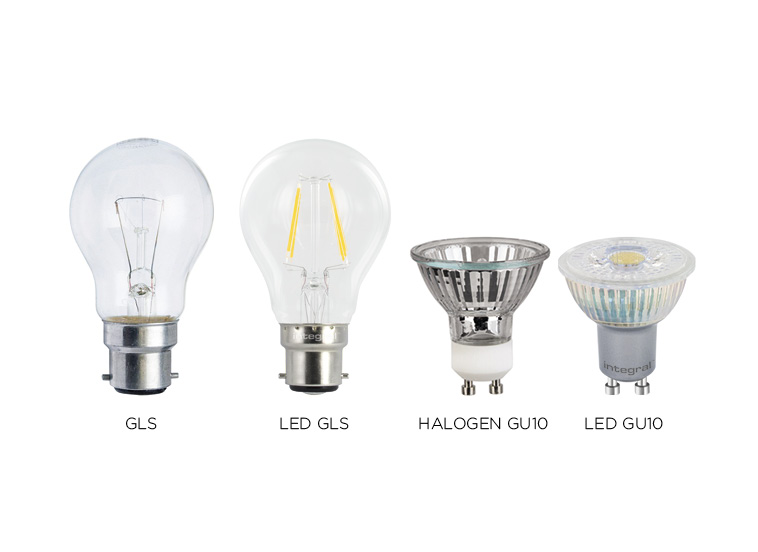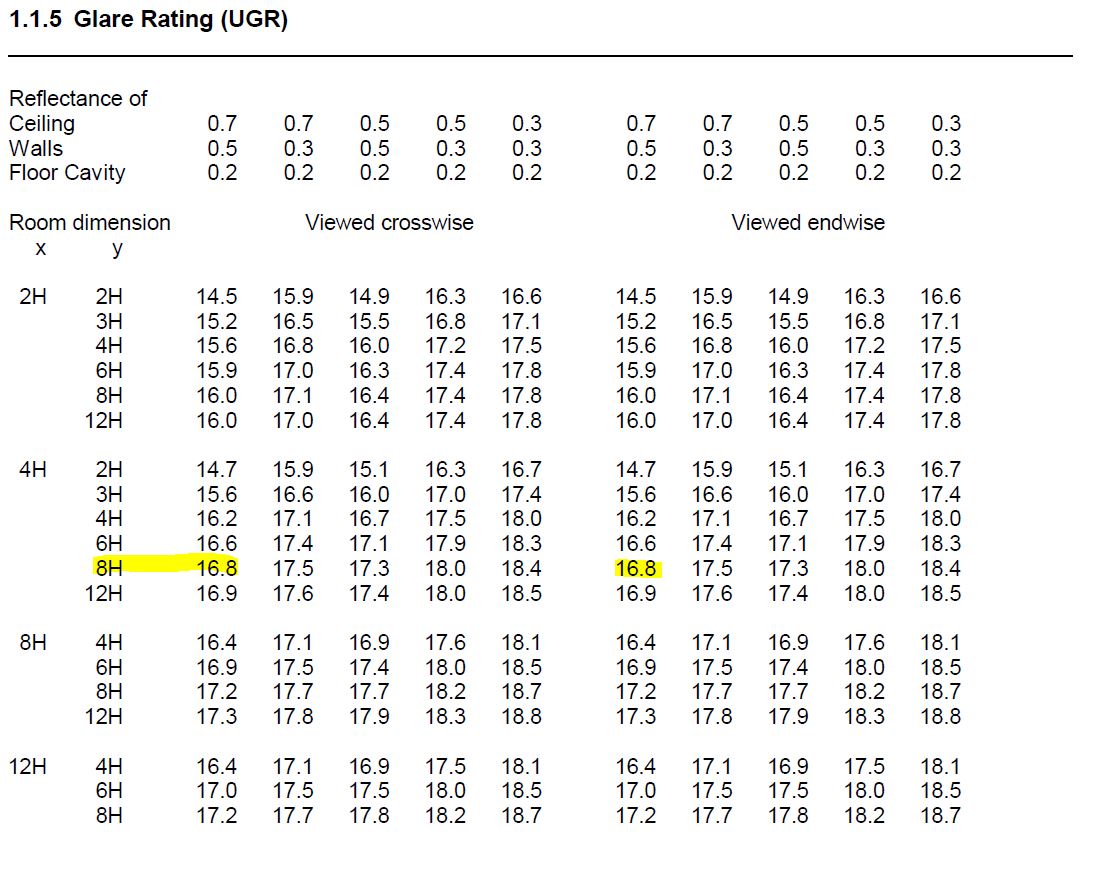What is UGR?
UGR is a calculation method that helps lighting designers create schemes to avoid the discomfort of misplaced light
Unified Glare Rating (UGR) is an indicative rating for glare based on prescribed set of circumstances in a lit environment. Glare sources within a typical field of vision on the lit environment can be numerous, including daylight from windows and the internal lighting. The UGR value is calculated using a complex equation that includes the luminance value of the luminaire, the value of background luminance, the solid angle of the luminaire as seen by the viewer and several other values.
L= The luminance value of the luminaire
Lb= The value of the background luminance
ω= The solid angle of the luminaire that is seen by the viewer
p= The Guth Index. Based on the likelihood of glare, also known as Visual Comfort Probability
Σ= Shows that the equation (shown above) includes all the fittings located within the area.
The references made to UGR are held within lighting application guides such as Light Guide 7, published by The Chartered Institution of Building Services Engineers (CIBSE), which recommends that office environments do not exceed a UGR of 19. At this point it must be made clear that UGR is a function of the installation environment and not the individual luminaire. To correctly assess the level of glare a professional lighting design must be carried out. Note: UGR is not a product criteria. No product based standards apply any limits.
All Integral LED products that are specified as UGR<19 are tested in our UK-based lighting lab and proven to be rated as less than 19 at 4H/8H for reflectance at 70/50/20 on both visual axis as referenced in the UGR look up table providing values across a variety of set lighting applications.
The example test results below are for our new TPa UGR19 Advance LED Panel.
Suggested Articles:



HIGHEST
QUALITY
COMPETITIVE
PRICES
EXPERTISE
EXTENSIVE
STOCK
NEWSLETTER
Sign-up to our newsletter and stay up to date with the latest product information and special offers.



